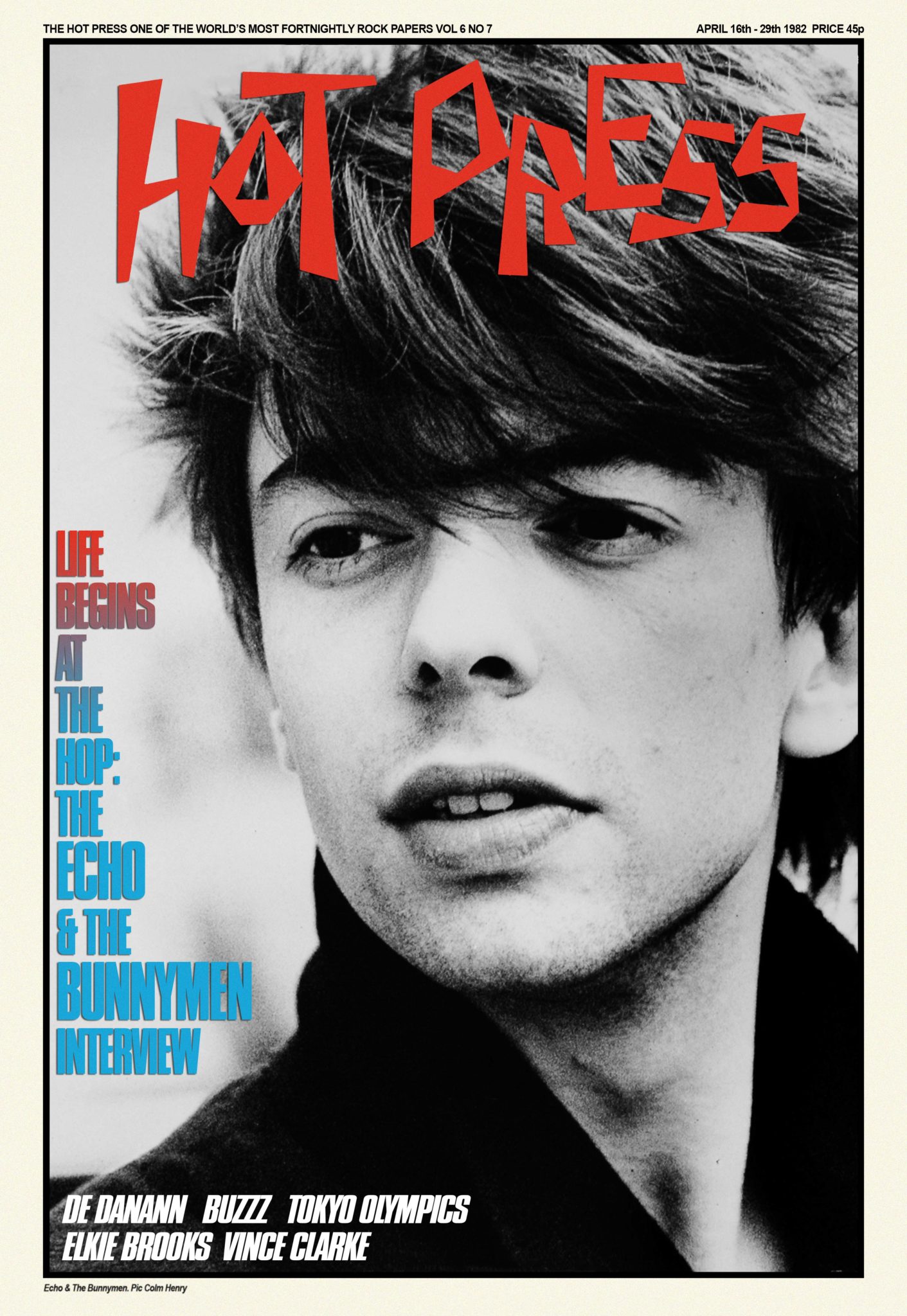- Culture
- 25 Jul 22

You know how it goes – you’re in the pub sounding off about your favourite new act, when a mate asks if you’ve yet become acquainted with the era-defining grindcore scene. It’s fair to say musical genres have come and gone at a furious pace since Hot Press first arrived, but some have had a lot more staying power than others. We look at a selection of the most essential movements from the past 45 years, and hear from a few of the key participants along the way...
To paraphrase Withnail & I, by summer 1978, they were selling Mohican wigs in Woolworths. Punk had eaten itself. While a minority of punks marched into the Oi! and hardcore movements, most of the horde evolved into the post-punk camp – a simple term that would become as all-encompassing as the pH scale.
Many parameters to the designation have been attempted – some consider the time-scale 1978 to 1984 definitive – but all have failed.
When the dust settled on punk, some contrivances fared better than others. Bass guitar flourished. Disco was in. Roots reggae was in. Dub was in. The post-punks looked to Black America, Jamaica and Africa for inspiration. In addition, they looked to Europe – to Bowie’s Low and Heroes, Iggy Pop’s The Idiot and Lust for Life, Krautrock’s Trans Europe Express and Giorgio Moroder’s synth-disco. Also, Brian Eno’s synth work for Roxy Music and his ‘proto–new wave’ solo albums turned on a bunch of bands from The Human League and Soft Cell to U2.

Kafka, Dostoyevsky, Burgess and Ballard could be found in many the arse pocket of militant looking bands from Blade Runner-type cities, including DAF (Dusseldorf), Pere Ubu (Cleveland), Devo (Akron), Magazine, Joy Division and The Fall (all Manchester). The latter’s wry, graphic-novel-tinted lyrics spawned many clones, as did the almost comic book David Byrne character of Talking Heads, who took from android model Bryan Ferry.
Advertisement
You might think of post-punk as a massive genre that included big kahunas – U2, Simple Minds, Depeche Mode; ascetic style – The Durutti Column, A Certain Ratio; societal upsetters – The Slits, The Raincoats; No Wavers – Teenage Jesus and the Jerks, the Contortions, James White and the Blacks, Sonic Youth, DNA, Lydia Lunch; Leeds Situationists – Gang of Four, The Mekons, Delta 5, Scritti Politti; unpredictable minimalists – Wire, Mission of Burma; bafflingly pre-punk bands – The Residents, Suicide; and industrial psychedelia – Throbbing Gristle, Cabaret Voltaire.
 Photo Credit: Ellius Grace
Photo Credit: Ellius GraceAnd then there was quirky pop – Orange Juice, The Associates; mutant disco & punk funk – PIL, The B2’s, Kid Creole & The Coconuts, Was (Not Was), New Order; gloaming Goth – The Cure, Siouxsie and the Banshees, The Birthday Party, Killing Joke, Virgin Prunes, Sisters of Mercy; Liverpool Psychedelia – Echo & The Bunnymen, The Teardrop Explodes; the fresh crop – The Rapture, Liars, LCD Soundsystem, Interpol, Franz Ferdinand; the even fresher crop – Viagra Boys, Black Midi, Shame, Black Country, New Road, Squid, Sleaford Mods, Fontaines D.C., Yard Act, IDLES, The Murder Capital.
It may be many things to lots of people, but post-punk endures.
Read the full Every Breaking Wave feature in the 45th Birthday issue of Hot Press, out now:










